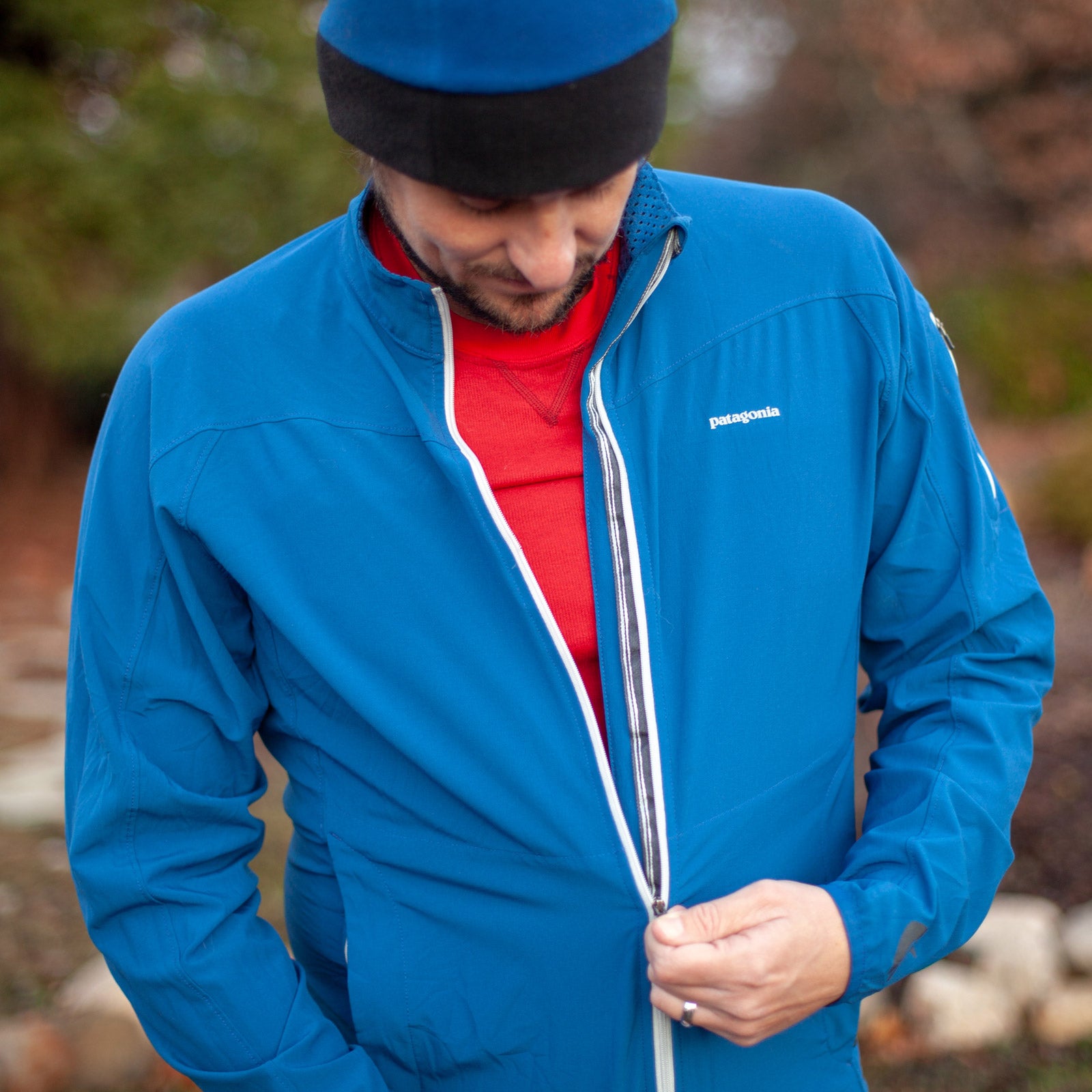Moisture plus cold makes for challenging outdoor-training conditions. Dialing in your layering so that youÔÇÖre warm┬áand dry but not likely to┬áoverheat┬áis tricky. Overdo the insulation, and youÔÇÖre apt to sweat like mad, which can cause┬áyou to become cold and very uncomfortable once you slow down. Underdress, and you risk moisture freezing┬áon you, potentially leading to hypothermia. The following guidelines for getting your running, snowshoeing, and cross-country skiing outfit just right come from my own gear testing experience over the years, as well as┬áinterviews with pros, survival experts, and guides.
Next-to-Skin Choices
The most important job of a┬ábase layer┬áis to move sweat away from your skin so that it can evaporate rather than cause┬áclamminess and chafing. For that reason, I like to wear extremely thin base layers. While I have tested many over the years, I still find myself grabbing an old ($49), because itÔÇÖs just the right thickness, moves moisture with the best of them, and is treated with Polygiene to quash odor. (That makes a world of difference if I donÔÇÖt have time to wash it between runs.) IÔÇÖm too self-conscious to run in just tights, so I wear a (now discontinued) pair of Black Diamond CoEfficient pants, which fit more like tight sweatpants. TheyÔÇÖre also made from┬áPolartec Powerdry fabric, which has the best warmth-to-wicking ratio of any IÔÇÖve tested. Since the CoEfficients arenÔÇÖt made anymore, IÔÇÖve found that the Outdoor Voices Weekender sweats ($100) donÔÇÖt have quite the thermoregulating chops but are plenty stretchy and more supple next to the┬áskin.
Midlayers
Look for options that have┬áinsulation where you need it but not where you donÔÇÖt. ($188) is a good midweight crossover piece. The stretchy merino arms and back donÔÇÖt inhibit motion and are thin enough to dump heat while you┬áwarm up, while the lofty, wool-insulated front keeps your core toasty. I never wear insulated bottoms during cardio. (Remember the adage┬áÔÇťBe bold and start coldÔÇŁ?) ItÔÇÖs fine to wear a pair of puffy pants while waiting for your friends at a trailhead, but youÔÇÖll sweat┬áthrough them in a matter of minutes if you keep them on while running.
Outerwear
While in some parts of the world, getting wet in the winter can kill you in a few hours, youÔÇÖll be fine most places if you head out for a run in the snow or sleet without a shell. IÔÇÖve found that a waterproof membrane on top of all of my other layers will trap my sweat so that IÔÇÖm just as soggy as if IÔÇÖd stood under dumping snow or rain. Unless itÔÇÖs really coming down, stick with your midlayer most of the time and bring a soft shell or wind shell as backup in case the weather turns really foul while youÔÇÖre out. My go-to is the ($90), because it deflects enough wind and rain┬áwithout causing me to stew in my own sweat.
Accessories
Cold and achy hands are a special kind of misery. Bring a pair of gloves, which you can always stuff in a pocket if your digits get too hot. My favorite pair is made by and costs $15.
A good hat can go a long wayÔÇöwe all know┬áhow much heat you can lose through the top of your head. A lightweight running hat that fits nice and tight while wicking┬ámoisture, like ArcÔÇÖteryxÔÇÖs Phase R beanie ($35), is going to keep your dome cozy. A generic fleece one will get the job done, too. My father-in-law gave me one for a Christmas Eve run in Indiana, and┬áwhile it isnÔÇÖt nearly as slick as the ArcÔÇÖteryx, itÔÇÖs warm and moves moisture well enough.


